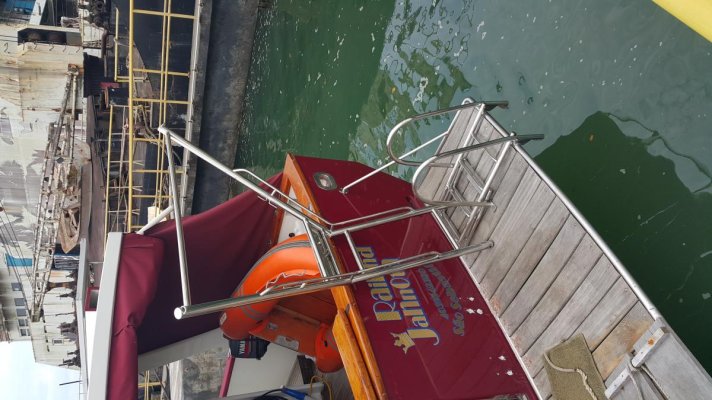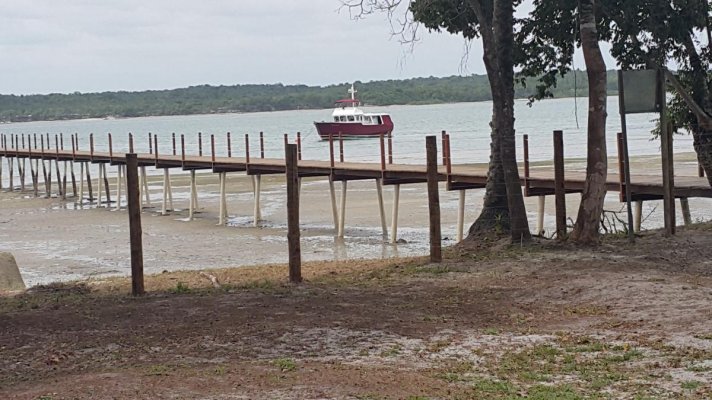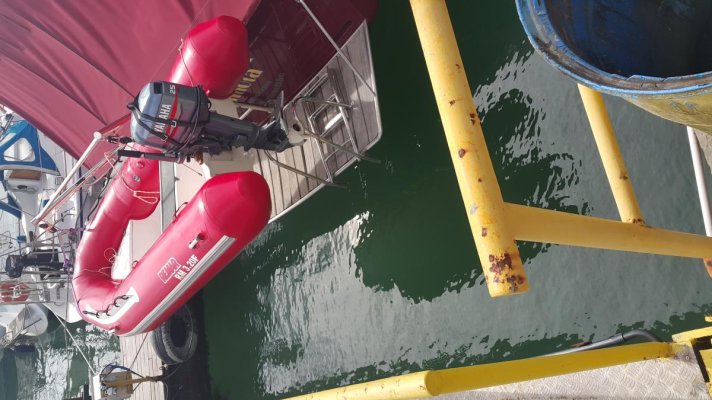psneeld
Guru
Are the upper clevis pins going through the tubing? If so, that would weaken the tubing somewhat. By making the clevis pins go outside the vertical tubing, it would still be full strength right to the curve.
Also, a brace would add more strength than a gusset.
Still, pretty good solution for carrying the dink!
Stu
OK...I'll bite because I am only a backyard guy and no engineer...
Do you have any numbers to show how the holes reduced any required strength? (webbed designs, trussing, etc...are all designs with material removed and occur without serious loss of strength)
And depending on the gusset size and brace design...there is no way to say one would be stronger than the other.
But thanks...it is OK and could be better in other respects.







